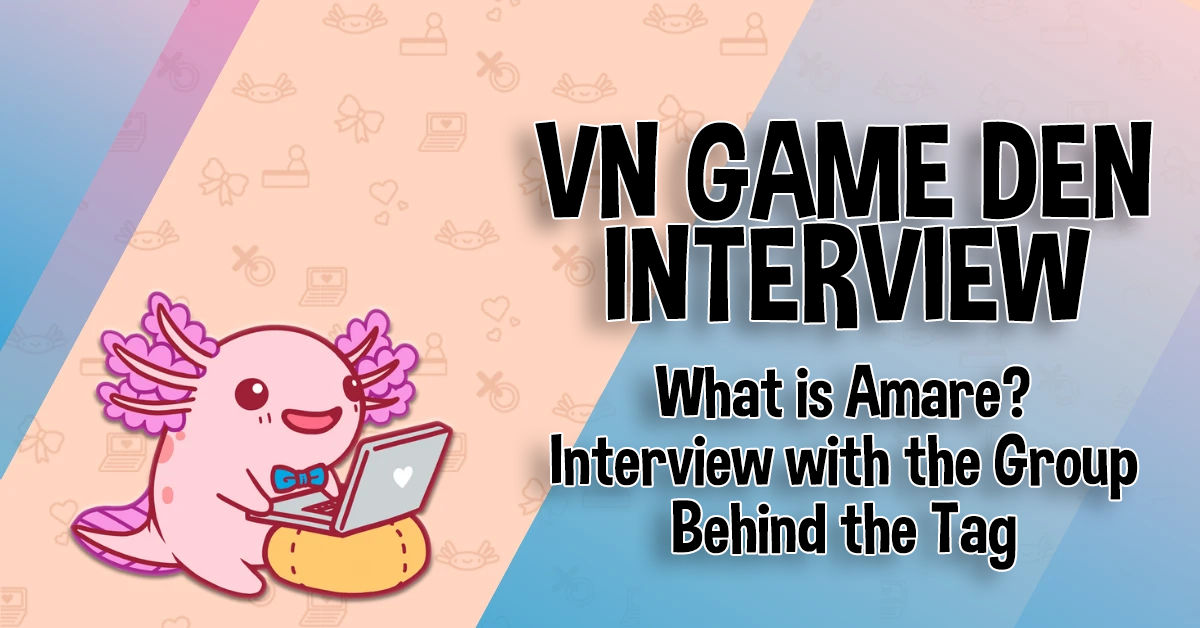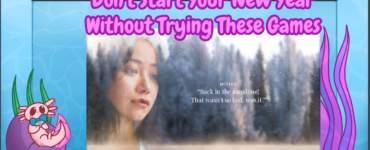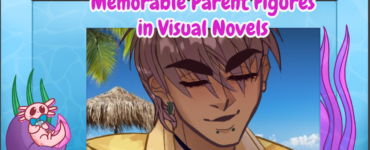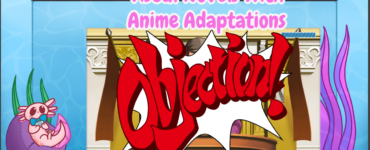Last month, a new tag began popping up on Twitter and in the English visual novel circle called “amare,” which can be used for romance titles that stray from “tradition.” With that being said, with anything that’s new, many members of the community had questions, such as: What games qualify as amare games? How did the tag come to be? How is it different from the other types of romance? Today, we’ll be sitting down with some of the members who created the tag and getting a better understanding of what amare is.
For the interviewees’ safety, we have decided to let them use aliases instead of their real names.
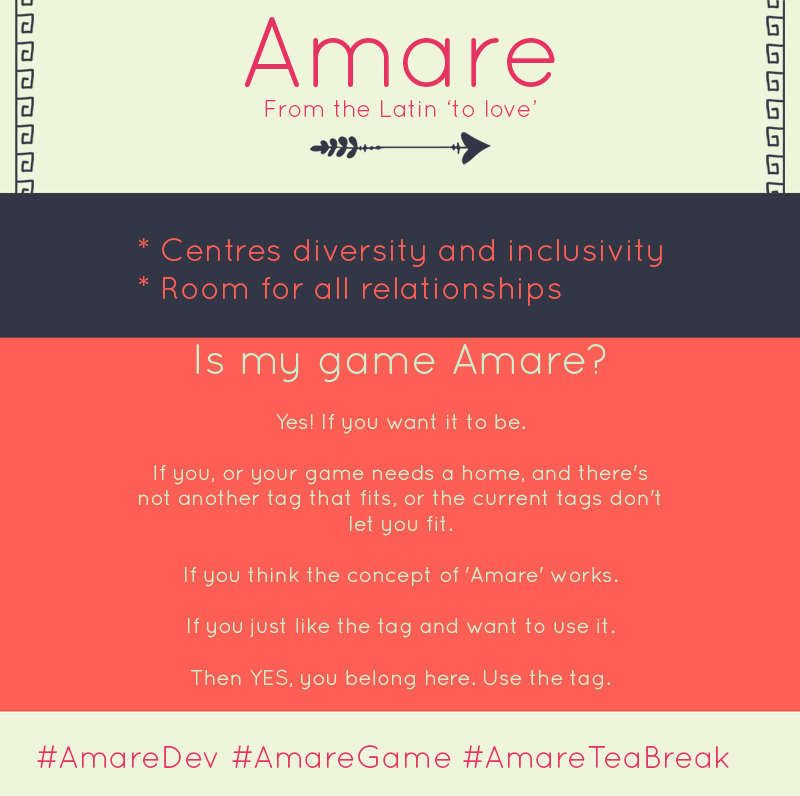
To those unfamiliar or confused about the term, what is amare?
J: Amare is a subgenre of visual novels that cover a wide range of relationships and focus on diversity and inclusion. It’s a tag for people who want to make, or play, games that aren’t restricted to (often problematic) ‘rules’ about who can exist as a character/romance option/protagonist.
St: To me, amare is a subgenre that focuses on story-rich romantic narratives in both visual novel and interactive fiction form. Although “traditional” romance is a big part of amare, romance is evolving to include a whole range of relationships and amare is an inclusive term to support that.
W: To me, amare is basically a subgenre of visual novels where the focus is on relationships (romantic or otherwise). I’d say one main feature is diversity and inclusivity, such as LGBTQ+ and/or BIPOC characters. Another thing is that the tone or style of the game is respectful and treats its characters and story with care. Honestly, I think that’s basically it. This may sound pretty broad, but I think that’s the point of amare—it’s not meant to be a strict category with requirements of what counts as amare or not. I see it as more of a flexible, catch-all tag that creators can use to describe their visual novels that they feel may or may not fit completely within the current existing visual novel genres.
M: Amare is a tag/category of visual novels that explore interpersonal relationships, with a focus on romance but allowing platonic ones as well, made by diverse creators for diverse players.
Ideally, amare games treat minorities with respect by avoiding fetishisation; this doesn’t mean steamy content isn’t allowed, it merely means that someone’s minority status isn’t exploited as a part of a kink.
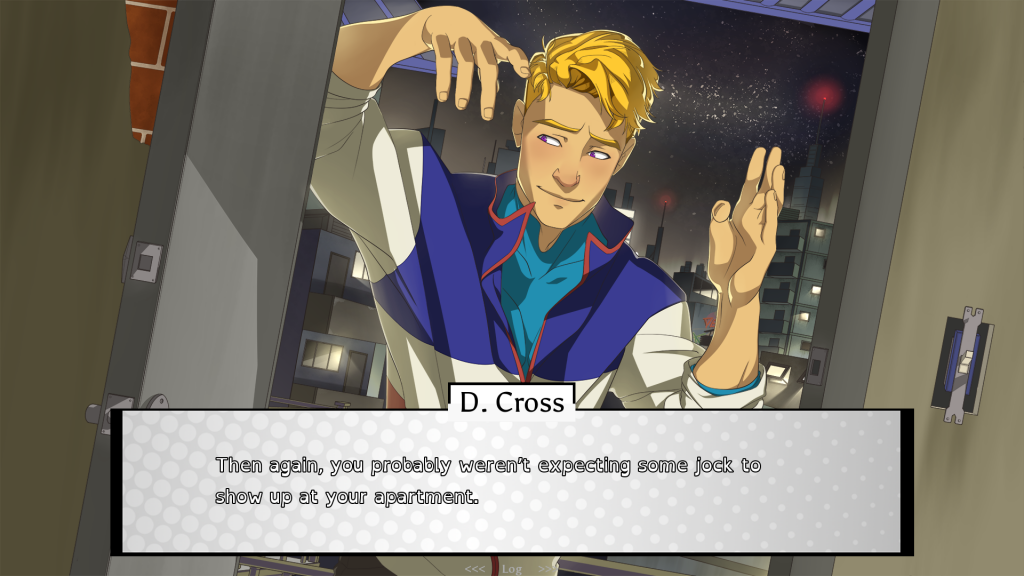
How do you feel the term “amare” differs from just calling something “romance?”
E: Genre labels exist to classify and communicate, so when you have a very broad genre (like romance), you need subgenres to further define it.
People have always coined specific terms when they feel a broad genre label isn’t sufficiently describing their works. And this is really no different than that.
Romance VNs already had subgenres. Amare is just a new one. It’s not logical to use an umbrella term when something more specific is needed.
J: Amare has room for all kinds of relationships, not just romantic.
S: Romance is an incredibly broad term. And as such subgenres exist, just like any other genre. If you’re looking for a certain type of romance novel, you use sub-genres to help sort through them or otherwise you get quickly overwhelmed by the vast number of results you would get. Amare is just a new subgenre to help people find games they enjoy.
N: On paper they are not so different, but the purpose of amare is to create a fresh meaning, a fresh label creators can use which doesn’t carry preconceived associations.
A: Amare focuses primarily on visual novel games rather than the broader romance category. The tag can also include games that aren’t specifically romantic in nature. Amare games can encompass more diverse kinds of love, like platonic, polyamorous, aro/ace, and found family relationships.
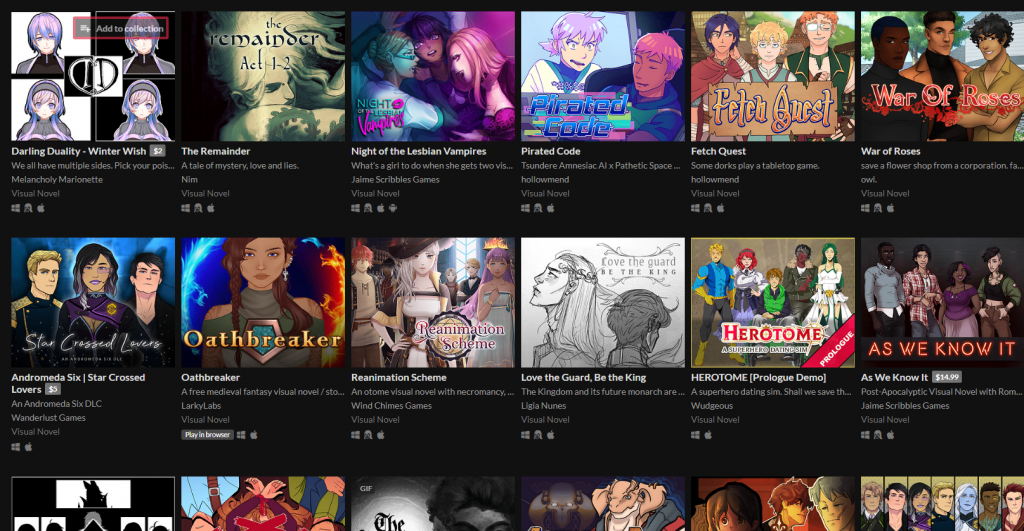
What should players expect when they search for games tagged with amare? If the answer is everything, what is the benefit of the tag?
E: Amare was never going to be something separate and distinct from the other VN subgenres but rather something that overlaps. Games may fit squarely in one of the other subgenres but also fit into amare—and vice versa. Really, all genres in media work this way.
When I think about it…amare is a very “in the gaps” kind of genre. Because many developers who wanted this tag are making games that “fill gaps”—often a gap that is important to them. What that looks like can vary radically from game to game because there’s more to these games and more that defines them than ‘gaze’ or relationship type.
Here is what I think people need to know:
The amare label was created to be inclusive across the board and that inclusiveness is, in a lot of ways, the most central element of the genre.
All relationship types are welcome under the amare umbrella. This includes queer and straight romances as well as platonic relationships.
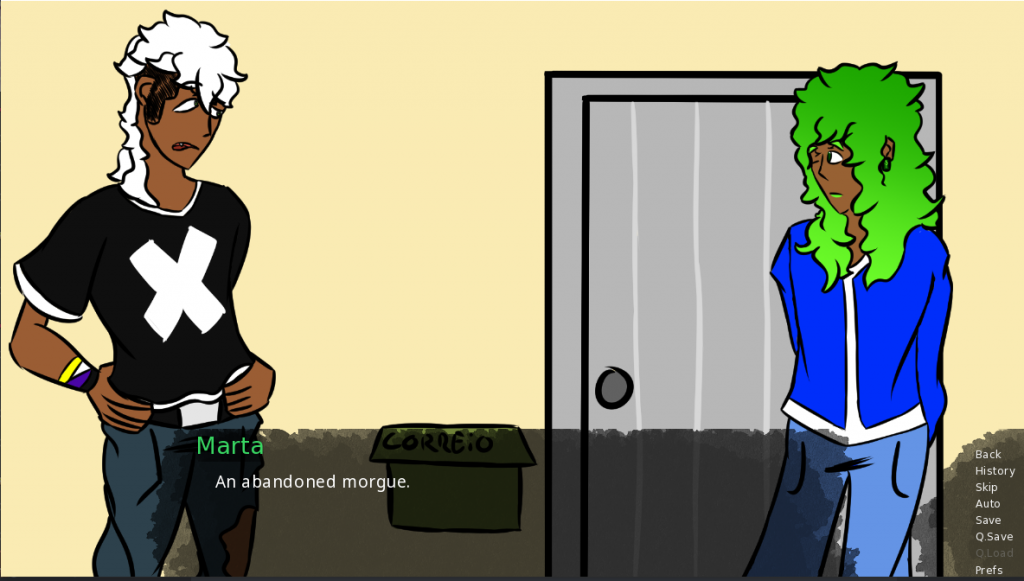
Can you tell us a bit about how this tag was created?
E: For me, the journey to the conversation that led to this tag started 5 years ago when I started my first game and didn’t feel any of the existing romance VN subgenres fit. As I met more developers and players, I began to realise just how many of them felt the same way. Either because the subgenre definitions excluded their games or the communities attached to them did. We would see conversation after conversation or post after post explicitly or implicitly invalidating games to exclude them from these subgenres.
This invalidation happened for a myriad of reasons—the ‘aesthetic’ and style, the region in which it was created, the level of romance, the melanin levels represented in the cast, the genders and sexualities of any love interests, the gender and sexuality of the MC.
The message was that if a game didn’t fit a narrow set of inflexible parameters, it didn’t really belong. This had the very real effect of developers not being allowed to advertise their games within certain communities. But also it lead to a sense of displacement a lot of developers and players felt. Displacement and, frankly, rejection.
And because of this displacement, the conversation about needing a new subgenre label came up time and time again among one small group of developers and players.
Necessity is the mother of invention.
We needed a new genre label and we tried to create a term to fill that need.
S: The idea of a new subgenre that was more inclusive and focused on relationships is not a new one. It’s a conversation that had come up many times before all around the romance visual novel and interactive fiction spaces. It was created to be used alongside current romance terms to help developers and players find games suited to their personal interests.
N: The amare tag was created by those who felt existing tags don’t fit their creations. It’s difficult to create the game already, and then if you don’t have a label, a place where what you made fits in—it’s even more difficult. Being an NB creator, creating content featuring mostly NB characters—I had very limited options with existing tags and labels, and I had to explain myself and prove that this is indeed the game fitting that-and-that criteria or found outright closed doors in other places. Now there is a tag which I know will fit what I do and gives me a feeling of belonging which was absent before.
M: I believe there has been some unease in the game dev community for a while now, because the tags that would apply to our games didn’t quite reflect our values concerning diversity; they were simply a little too rigid and we’d outgrown them. It took a lot of discussion to try and formulate just what we felt best represented us as we branched away from more traditional romance VN genres, but it really was more about finding an appropriate word than anything. It involved a lot of considerations for minorities, including taking into consideration concerns from ethnic minorities or LGBTQ+ ones.
A: Amare was created by a group of indie devs who felt that our games didn’t quite fit in with what a large player base would consider otome, or felt that “romance visual novel” was too broad for us.
A lot of us pull inspiration for our games from different media—otome games, visual novels, RPGs—and we felt as though we didn’t have a tag that was truly ours, and that encompassed the vibe of the games we’re creating.
For me specifically, I’ve always felt that [my game] was never quite “otome” enough to fit into that tag, and so our game has never been advertised as such, but it still gets placed into the category a lot.
While [my game] incorporates romance into the game, focusing on the story, character development, and the adventure that MC experiences as an individual is just as important to us, if not more so.
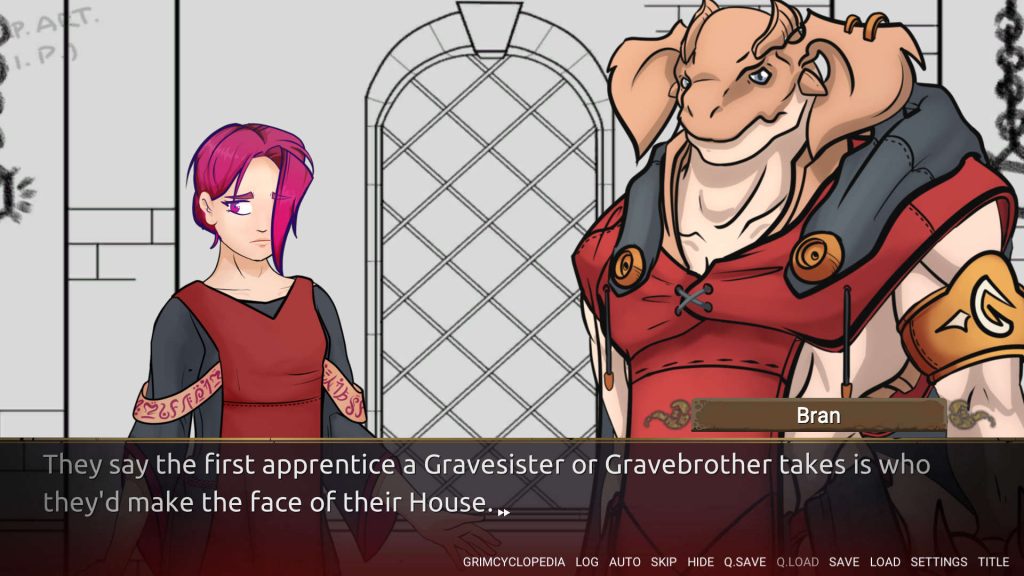
Amare is a Latin word. Why did you and the team settle on a Latin phrase for a situation that most often arises in English-language games?
E: To be frank, we were never able to find a good English word/phrase that could set the genre label apart while also communicating something specific.
The thing about the other “romance subgenres” in the VN arena is that they communicate multiple things with a single word or phrase. It was really difficult to find an English word that did that.
With ‘amare’ not being some ubiquitous English word everyone already knows, it felt like we could give it that additional meaning and context in a way we couldn’t with any English word or phrase. This way, people don’t have to debate the dictionary definitions of the words being used. It also rolls off the tongue in a nice way, and it’s easy to remember.
H: It has to do with a super convenient double meaning. While amare means ‘to love’, amarum means ‘bitter’. It perfectly encapsulates the experience of love, both the sweet and rough parts.
S: Honestly, because it’s just a nice word. The conversation about a name for a new subgenre is not a new one and many other words and acronyms have been thrown around before. Amare just fit. It means ‘to love’ and I personally felt it suited the spirit of the subgenre.
A: When the word amare was suggested I was drawn to it at first for its meaning, which is ‘to love’. Besides that, it’s a word that seemed to fit in well beside otome, despite it being from Latin origins, and it’s an easy enough word to pronounce and spread around.
Amare games are being developed all around the world, not only in English-speaking countries, so we were happy to choose a word that could be comfortably adopted by devs internationally.
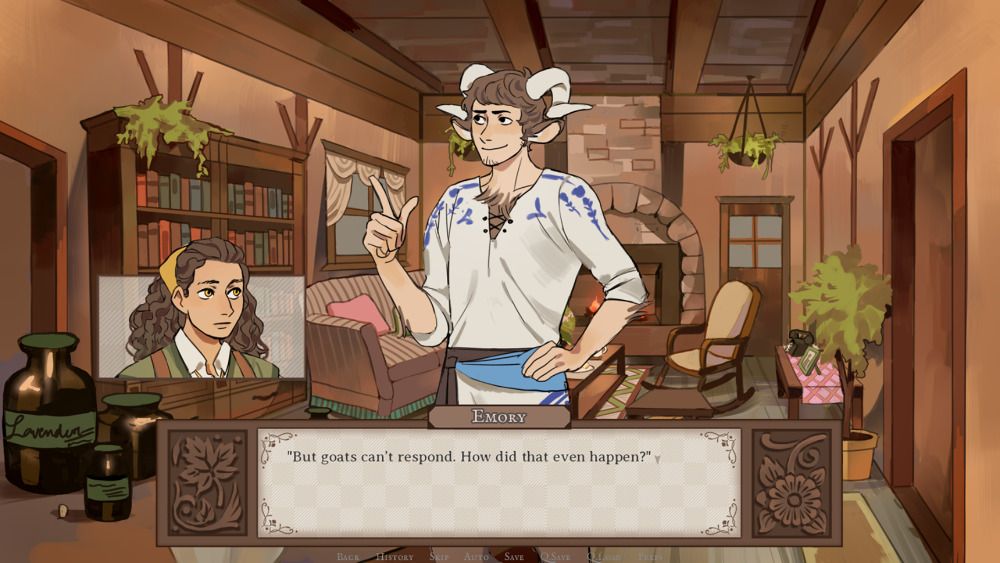
What is the goal of the amare tag? How do you plan on further spreading the word about the term (e.g., a game jam for amare titles)?
J: We have lots of plans in the works to try to help amare grow. We’ve started doing an #AmareTeaBreak hashtag on Tuesdays at 1pm EST where devs can share their work. We’re also slowly starting to plan for an Amare Game Jam coming next year! I’ve written an article to help answer questions a lot of people have had, and we are also running a Discord server to connect people. It’s going to take time and a lot of work, but I’m optimistic that this is a move in the right direction for creating a safe space for developers and players who find themselves pushed out of other spaces especially due to homophobia, transphobia, and/or racism.
St: The goal for me is to help developers and players find games suited to their personal interests. In a sea of games, it can be hard to find your target audience, so amare helps with that. Amare was never created as a term that we would “control” but rather a search term for the community to use freely. My hope is that the term flourishes and helps players and developers alike.
N: The goal of the tag is to connect creators and creations who felt like they were skimming the fringes of what is acceptable in the existing tags. Actively using the tag will be the best way for it to become accepted and I’m happy to see how many games identify with it already.
M: I believe the goal of amare is simply to give a common name to games that share similar branching out from the previously established VN subgenres. It also encourages devs who may have met some pushback in some communities to continue creating more diverse games.
I personally will keep on using the term on the /r/RainbowOtome subreddit since it suits us perfectly as we look for more LGBTQ+ friendly romance visual novels, and encourage people to check it out, as well as use the term for my own games when I release them.
If you’d like to follow news about upcoming amare games, you can follow the Amare Games Database over on Twitter. Or if you want to check out some games tagged under amare, you can find them here. One of the members behind the amare tag recommended that if you’d like to keep up-to-date on amare news to follow the hashtags in the infographic on Twitter: #AmareDev, #AmareGame, and #AmareTeaBreak.

